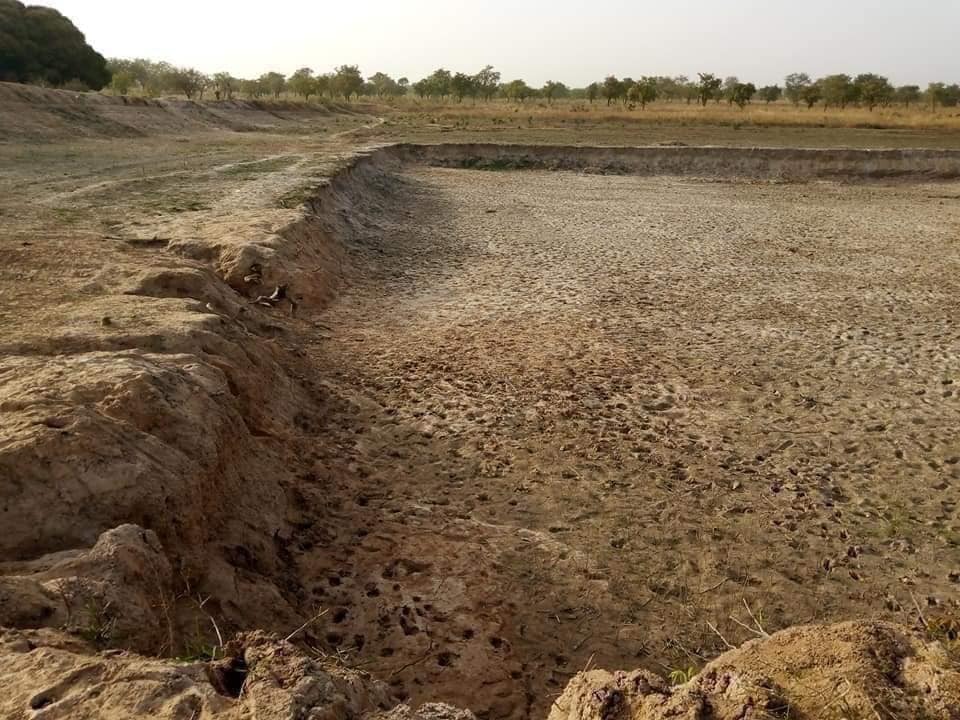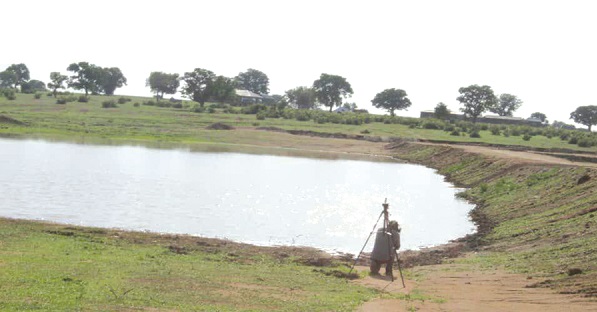
An Agriculture Engineer and lecturer at the University of Cape Coast (UCC), Dr. Ransford Opoku Darko, has said the One Village One Dam (1D1V) policy could have reshaped the agriculture landscape.
According to Dr. Darko, this policy, if executed with precision, could have been a transformative force in revolutionizing irrigation for crop production.
Delving into the intricacies of dam construction, Dr. Darko at the 37th Annual General Meeting of the Institution of Engineering and Technology (IET) in Accra, emphasized that, the success of such projects extends beyond mere structural considerations.

His insights shed light on the critical factors of water sources, whether from rainwater or rivers, and the unique characteristics of the soil.
The engineer stressed the importance of comprehensive feasibility studies, emphasizing the need for professional analysis in determining factors such as the choice between concrete flooring or dugout procedures.
“Before anything else, one must carefully assess the soil’s water absorption capabilities. Some soils absorb water efficiently, while others pose challenges. Climate change introduces another layer of complexity, with phenomena like ever-pull transformation impacting water availability. Professional intervention, coupled with technological solutions, becomes imperative to effectively address these challenges,” he explained.
He underscored that successful dam construction requires a fusion of experience and cutting-edge technology.
The nuanced understanding of both traditional agricultural practices and modern advancements is paramount to ensuring the efficacy of such initiatives.

Beyond structural considerations, Dr. Darko explored the multifaceted benefits of well-executed dam projects.
He highlighted the potential for addressing crucial agricultural needs, ranging from providing water for livestock to irrigating crops.
The engineer insisted that, when implemented meticulously, the One Village One Dam initiative could significantly bolster the agricultural sector’s productivity.
ALSO READ:




![Burning Issues: I will resign if… NDC Deputy General Secretary [Video]](https://www.adomonline.com/wp-content/uploads/2023/01/Mustapha-Gbande-218x150.jpeg)
